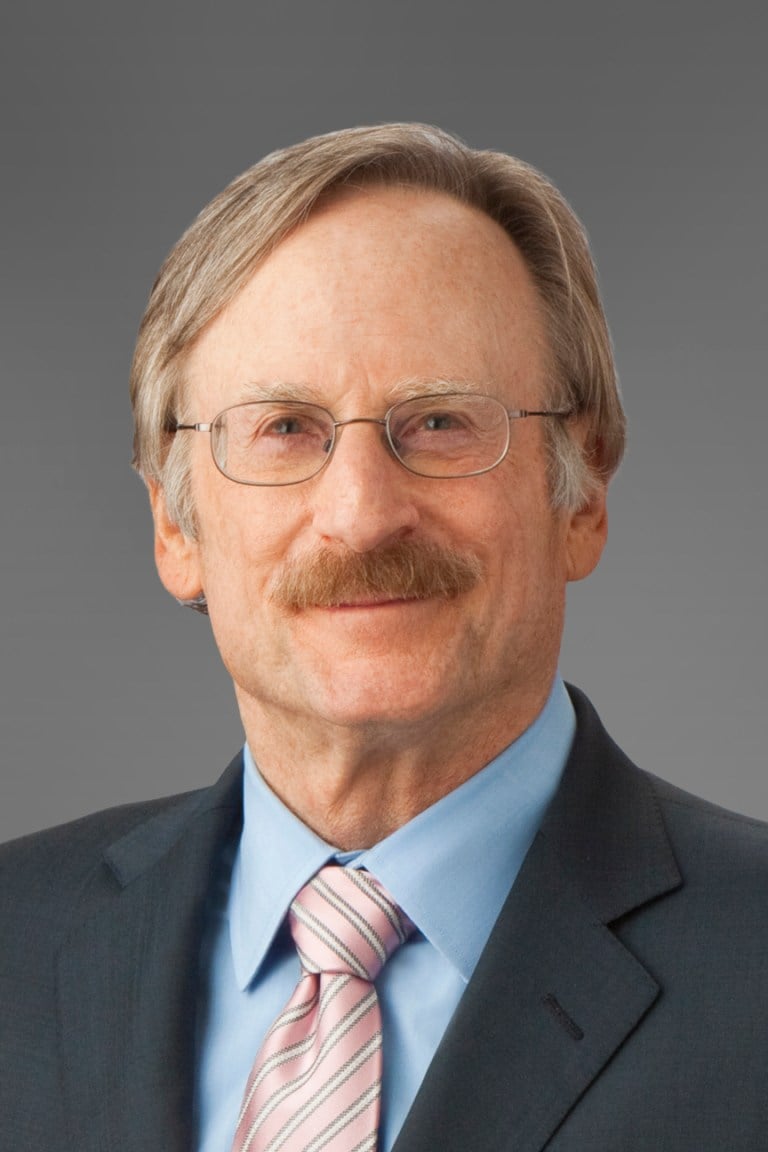
A jobs report released last Friday by the Bureau of Labor Statistics (BLS) revealed data that may seem optimistic for the economy.
In the month of October, 204,000 jobs were created despite the 16-day long government shutdown. This is a higher number than from the past three months, in which job growth has averaged at 202,000 per month, and over the past 12 months, in which job growth has averaged at around 190,000 per month.
To make light of these facts, The Stanford Daily sat down with Michael Boskin, a senior fellow at the Hoover Institution and professor of economics.
The Stanford Daily (TSD): First of all, what’s your take on the big figure in the BLS report?
Michael Boskin (MB): It was only a month and it was the month the government shut down and there was some confusion around it, so we should never make a lot out of one month’s data. But there’s something in it for both optimists and pessimists. So I’m remaining hopeful that the economy will continue to improve and hopefully that growth will accelerate. But I think we have a lot of head winds to that.
Right now unemployment rate is a little over 7.3 percent. But it’s been in the low sevens for a few months. So that’s generally bad. In the economy, we’ll be doing fairly well if we have unemployment in the fives. Today, a large part of the reason the unemployment rate has come down from the peak of 10 percent at the end of the recession, is that large numbers of people—many more than usual—have left the labor force, so they’re not included as employed or unemployed. They’ve retired early, gone back to school, have been discouraged from and stopped looking for work and of course there are others who are working part time, especially with the new healthcare law.
So glass half-full, glass half-empty is the good way to describe [it]. It’s better than it was but it’s improving very slowly. And the headline numbers don’t quite convey quite how weak the labor market is.
TSD: Job growth has been increasing when we look from the past 12 months to the past three months to this past month. Is that not an accurate sign of the economic recovery?
MB: You need something like 125,000 or 150,000 just to keep up with population growth. So with the pace that we’re going, it would take a long time to get the economy back to what is normal or what is [considered] high employment rates.
So if you’re creating 200,000 jobs, it’s maybe a net of 75,000. In the current recession and anemic recovery, so many people have been leaving [the labor force]. That’s been a big problem; that’s part of the reason why the unemployment rate is going down. So it’s better than a smaller number but to give you a comparison in the first years of recovery from the deeper recessions since World War II, employment growth was three times as rapid as it’s been this time in recovery.
TSD: Why do you think that is?
MB: I think part of it was the nature of the recession and that there was a lot of deleveraging. But also we’ve added a great amount of expected cost and great uncertainty at higher taxes and that tends to be a drag on the economy. You can argue that all that extra regulation has a purpose, you can argue the pros and cons on their own merits, but all this has created a great uncertainty and appall in the business investment climate. And I think that has been part of the problem as well as the continued deleveraging.
And generally the weakness in the rest of the world doesn’t help either. Europe went into a second recession and some of the developing countries that were growing are slowing. The fact that the whole world has been in a difficult state has been a contributor as well.
I’m not a big fan of many of these policies. But whatever their merits, they were bad macroeconomic policies because all the extra cost and uncertainty have created a situation where the businesses have delayed hiring and investing.
Catherine Zaw contributed to this report.
Contact Antonio Ramirez at ajram741 ‘at’ stanford.edu.
